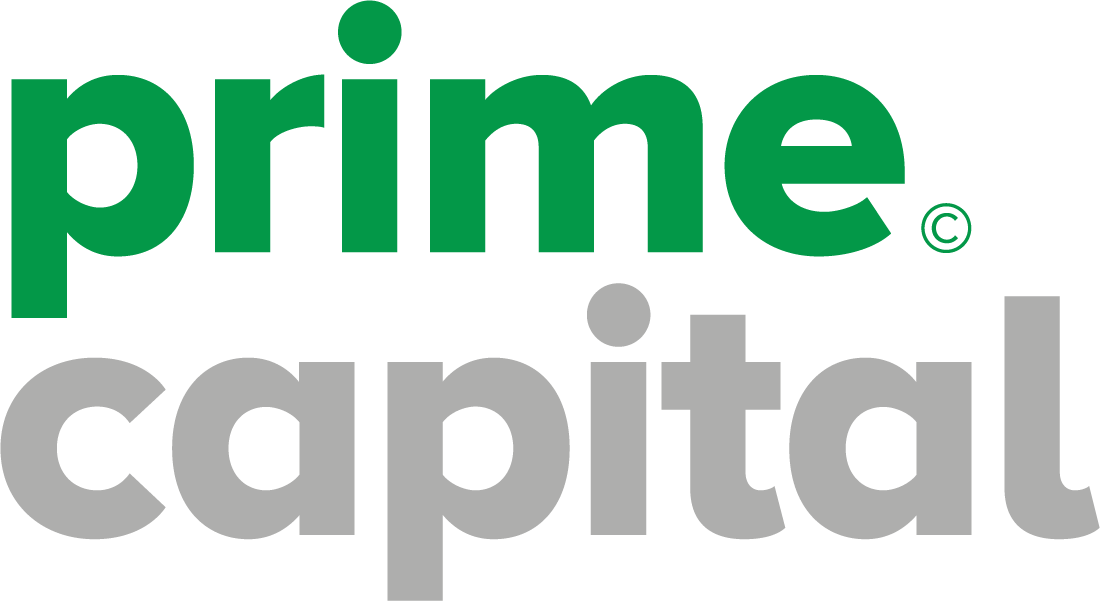Like any great leader, you’ve battled your way to the top. As Caesar Augustus, you’d return from a 20 year campaign to a life of glorious excess (and a little political intrigue), garbed in Tyrian purple robes.
Purple has long denoted wealth in human society. Laboriously created by harvesting the organic ink of thousands of mollusks or sea snails, drop by drop, and therefore astronomically expensive, it was exclusive to the Emperor in 4 BC.
Fast forward to 1560AD — even Queen Elizabeth I forbade the wearing of purple by any but those whose address boasted a moat.
Unless you’re a Fashion Week aficionado, real power in 21st century society no longer rests in the turn of your coat. Instead, it exists in economies that boast buying power. Maybe Elizabeth saw it coming – in the Age of Exploration, monarchs aggressively invested in risk-taking adventurers (latter day entrepreneurs) to grow their empires and secure critical new resources to gain advantage and secure money to shore up throne and fleet. Like those long-ago voyages, modern business is a delicate balance between risk-taking and pragmatism. Like those long-ago monarchies, businesses require an ample supply of free cash flow.
Cash is the new purple. It confers liquidity, agility, and power. If you don’t think that’s true – look at the toppling dominoes of Wall Street investment banks in 2007-08, each depending on both market confidence and the ability to meet margin calls with real liquidity, to lever assets and trade. As a result of a market-driven overnight collapse of liquidity, of the big 5 Wall Street investment banks operating in 2007 only 2 remain today. Wall Street, and the global financial markets, are forever changed. (Cyprus)
While not easy to draw direct comparison between large capital markets and private enterprise, one thing is sure; Cash is still defiantly King, purple robes be damned.
Cash is critical, and in having it, timing is everything. One of our very successful clients reflected on the early days of his business growth. His bank called each morning to ask what his deposit would be and he’d audibly riffle phone messages off his desk implying they were cheques. After hanging up, he spent hours dialing for dollars collecting receivables to make an honest man of himself. There were some tense moments, he says –he’ll never forget how close he came to simply not surviving. He was persistent, AND lucky.
Too little cash – at exactly the wrong times – can kill you. Lenders obsessively calculate and ruminate on cash flow statistics in order to decide how, when and to whom they will lend cash. Skeptical? Google business cash flow – more than 45 million possible responses on cash flow and liquidity. LACK of it is one of the top three reasons that businesses fail.

Even in 2013, Cash is Queen. And STILL purple.
In Feb 2012, Amazon was the subject of concerned analysts. The topic: its free cash flow. Analysts worried that Amazon’s profitability was strained. In January 2013 Jeff Bezos defended Amazon’s new business strategy in spite of lower margins. “It’s the absolute dollar free cash flow per share that you want to maximize. If you can do that by lowering margins, we would do that. Free cash flow, that’s something investors can spend.” Bezos and the analysts naturally have differing opinions about the value of this metric in measuring Amazon’s market recovery. What matters is that they’re having the conversation at all – and cash flow is at the centre of it.
Here are the statistics: 1/3 of businesses at any point in time are experiencing cash flow issues. As it was for Wall Street, liquidity is critical to business . (And these are not the kind of liquid assets that my brother- in-law has in his well-appointed wine cellar.) Cash flow problems are easy to detect. Slowing payables, erratic inventory purchases, closed locations or laid-off staff are easy markers. More than half of companies with money challenges blame slow payments from their customers as the reason for their own cash flow issues.
Every business is a customer of many others. If YOUR receivables slow to a glacial rate, and you`re churning the dollars out as fast as they come in, your churn rate just took a big iceberg to the teeth. Suddenly, being called “Titanic” has a whole new meaning.

Some companies have had to rely on very expensive short term loans to bridge cash flow gaps. David Barker , CTO and Young Entrepreneur of the Year for 4D Data Centres, commented in an interview with Real Business in October 2012:
“for two consecutive months we had to take a short term loan from our majority shareholder to pay our suppliers, which meant that we had a potential cash flow crisis….The problem was that some of our clients, particularly the larger ones, were delaying payment beyond our invoice due date – effectively, using us as a cheap source of credit.” (PS Crisis financing is always expensive.)
And receivables aren’t the only culprit. Even if your clients pay you early every month, hiring staff, investing in equipment and technology, or acquiring competitors, takes capital. Unless your business has the Midas touch (lucky you!) you’re borrowing from current operational cash flow against future growth.
Home-owners know that they can’t eat doorknobs. Business owners can’t eat too much inventory, excess production capacity, or new locations with no new growth – all statistically causal factors when businesses hit the wall. And even experienced captains of industry can’t always react quickly enough when the market exuberantly throws a tsunami their way.
Private enterprises also suffer Wall Street- like pain. A large rental company we deal with experienced difficulty when their overseas Spanish suppliers hit trouble in 2010 – creating the need for expensive short term arrangements with alternative domestic suppliers. External volatility out of their control put pressure on the value of the security collateral held by their bank, and impacted their ability to borrow against those compressed assets. Put another way – that call from the bank asking what other assets they had to pledge to shore up leverage, was a really bad way to start the day.
Like it or not, whether you’re a large pubco or a private enterprise, someone’s monitoring your liquidity. What those equity partners, lenders, or institutional shareholders love to see? You, being a cash cow – meaning you are squarely in the purple.
In the public markets, the definition of a cash cow is a company which will have plenty of free cash available after paying its necessary yearly expenses. The value of cash is clear –
- Free cash can be reinvested to grow a business.
- Cash provides a cushion for emergent, unforeseen needs.
- It can also be paid out to shareholders – requiring little extra effort from those shareholders (who are happier getting dividends than a call for more cash) in order to continue conveying returns and growth.
If your business is capital asset intensive, you’re continually balancing the need to invest, with the need to create a return on that investment. Tough to have your proverbial cake and eat it too, huh?
Again, timing is everything.
Value investors look for companies whose free cash flow equals more than 10% of sales revenue. Free cash flow is calculated by deducting annual capital expenditures from annual operational cash flow.
Property, plant and equipment (PPE) expenses can suck up cash flow with the efficient voracity of a Dyson vacuum cleaner. And the return on their implementation can be long, arduous and uncertain. With all that, what’s a business owner to do? Unlike Monarchs of old who had the ability to levy taxes to improve the state of their Treasury, most enterprises control sales and expenses.

Instead of using your irreplaceable current cash cushion to buy capital assets, why not pay for them over time, through the growth of the business. It’s a great way to maximize ROA. Strategically matched asset-backed financing is the business equivalent of expedition insurance for those early ocean explorers.
In Canada there is ample access to complementary sources of capital that use fixed assets as collateral against a matched, strategically defined and timed financial instrument.
A controlled amount of third party asset financing gives you power over your short term capital outlays (and therefore important key financial ratios used by banks to calculate leverage capacity). It also offers diversification of lending – and conservation of that incredibly important asset – your cash on hand. Accessing functional finance solutions such as capital equipment leasing could keep you afloat, especially in choppy waters.
Ruling an empire, or growing a business, are tricky ventures at best. Elizabeth I famously said “All my possessions for a moment of time”. How about trading those possessions for cash, which will BUY you time? It’s up to you, but if you’re clever and resourceful, you can become a cash cow, AND stay in the purple.
–
Purple cow image: Chris Harvey / Shutterstock.com



